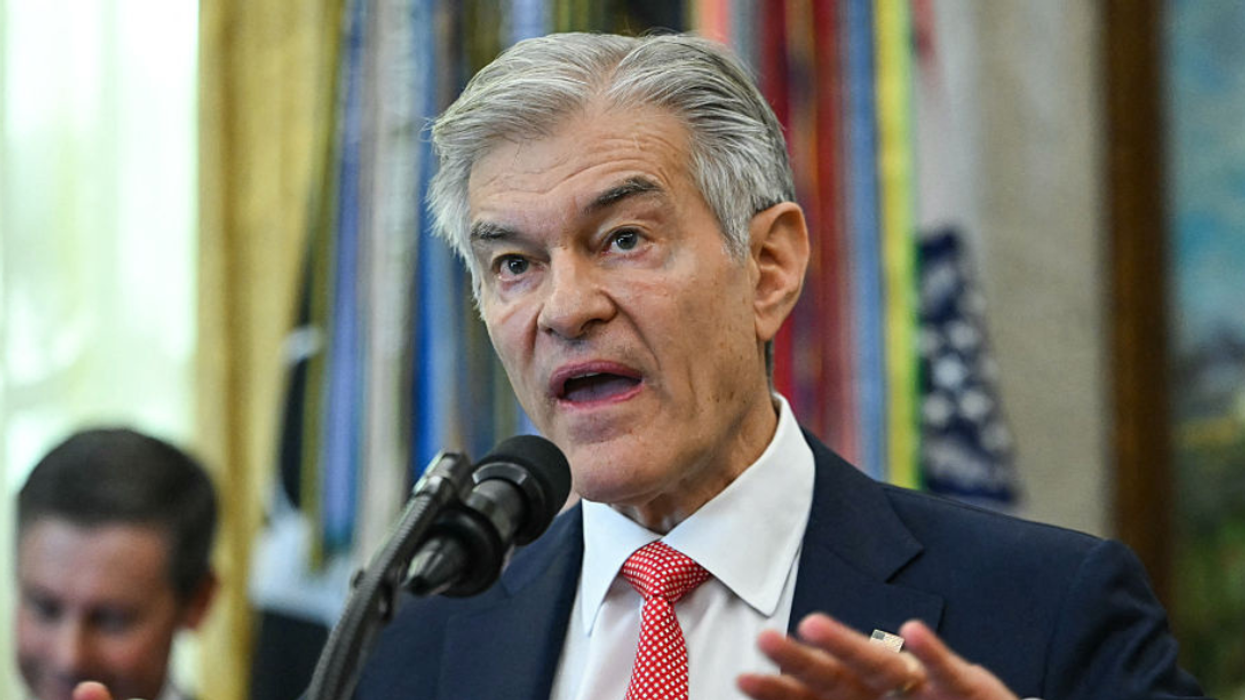Morning Joe commentator Steve Rattner swiftly fact-checked former President Donald Trump's claim that "crime is rampant" after Trump painted a picture of a country under siege in remarks to his supporters.
Trump claimed the United States is "a nation where free speech is no longer allowed and where crime is rampant like never, ever before," an assertion that Rattner shut down completely.
Rattner made the following observations while sharing some graphs with Morning Joe's viewers:
"Crime is not out of control like it's never been before. In fact, crime has continued to drop under President Biden ... You can see that violent crime since 2020 has dropped by 15 percent, 339 violent crimes per 100,000 people."
"[Crime is] below any place it was during the Trump administration and it's had this huge drop in 2023. The same is basically true of property crime. You can see [robberies] are down 7 percent, 1,830 per 100,000 people."
"This is a complete fiction that crime is up under the Biden administration."
You can hear what Rattner said in the video below.
Later, Rattner followed up with the post on X, formerly Twitter, to hammer in one final point:
"There were 22% fewer murders in 2023 than in 2020. Remind me, who was president in 2020?"
You can see his post below.
Many have also called out Trump's fearmongering.
Crime in America has undergone a remarkable transformation since 2020—and there's data to back it up.
According to FBI statistics, the number of murders surged by nearly 30 percent between 2019 and 2020, accompanied by a 5 percent increase in the overall violent crime rate, encompassing offenses such as assault, robbery, and rape.
However, the trajectory of crime took a significant turn in 2023, with U.S. cities experiencing a reduction of more than 12% in murders – marking the most substantial national decline on record. The recent data suggests that the violent crime rate in 2023 was at its lowest level in over five decades.
To comprehend the underlying factors driving this decline in murders and other crimes, it is imperative to examine the primary catalysts behind the earlier surge. The COVID-19 pandemic, which disrupted various facets of American life, played a pivotal role in shaping crime trends.
The pandemic-induced disruptions, including reduced in-person police contact, staffing shortages at police departments due to illness, closure of schools, and scaling back of social services and anti-violence programs, contributed to the rise in crime rates during the pandemic years.
While COVID-19 undoubtedly exerted significant influence, it does not provide a comprehensive explanation for the crime surge, as evidenced by the divergent experiences of other countries. The unique characteristics of the U.S., such as the widespread availability of firearms, may have amplified the country's susceptibility to the disruptive effects of the pandemic.
Additionally, the aftermath of George Floyd's murder emerged as another influential factor shaping crime trends. High-profile incidents of police violence often strain community-police relations, leading to a reduction in proactive policing efforts and diminished public cooperation with law enforcement.

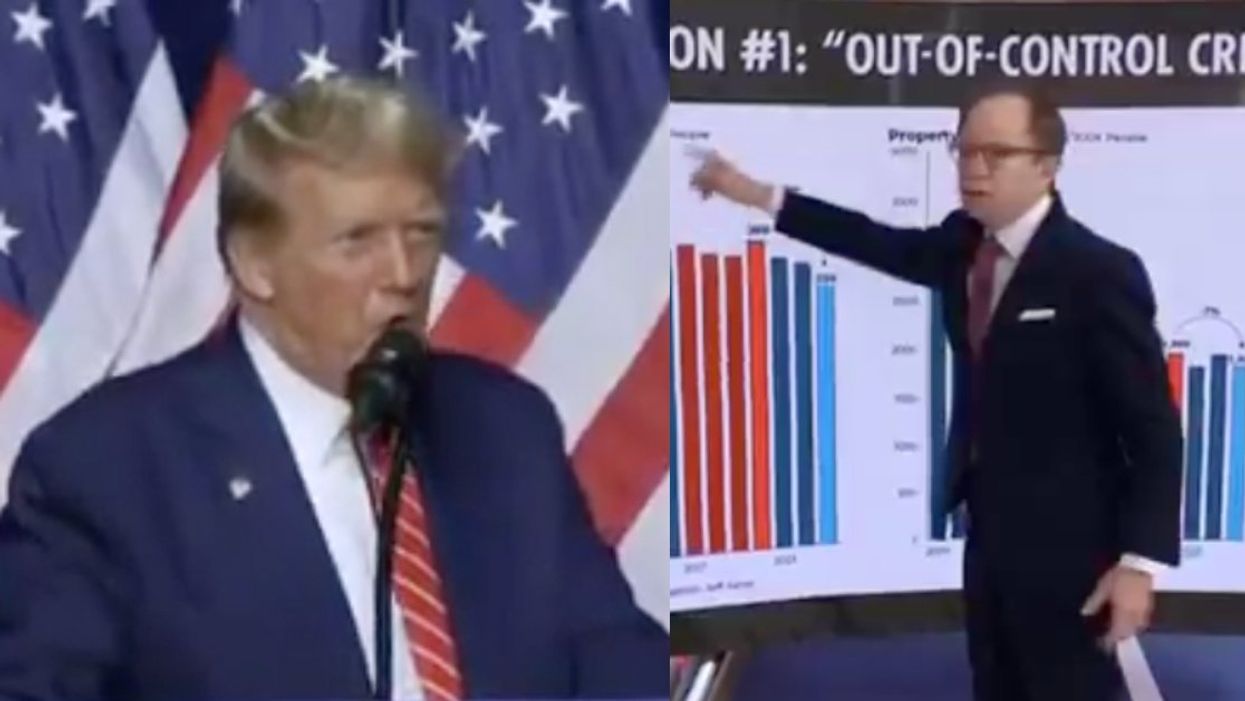


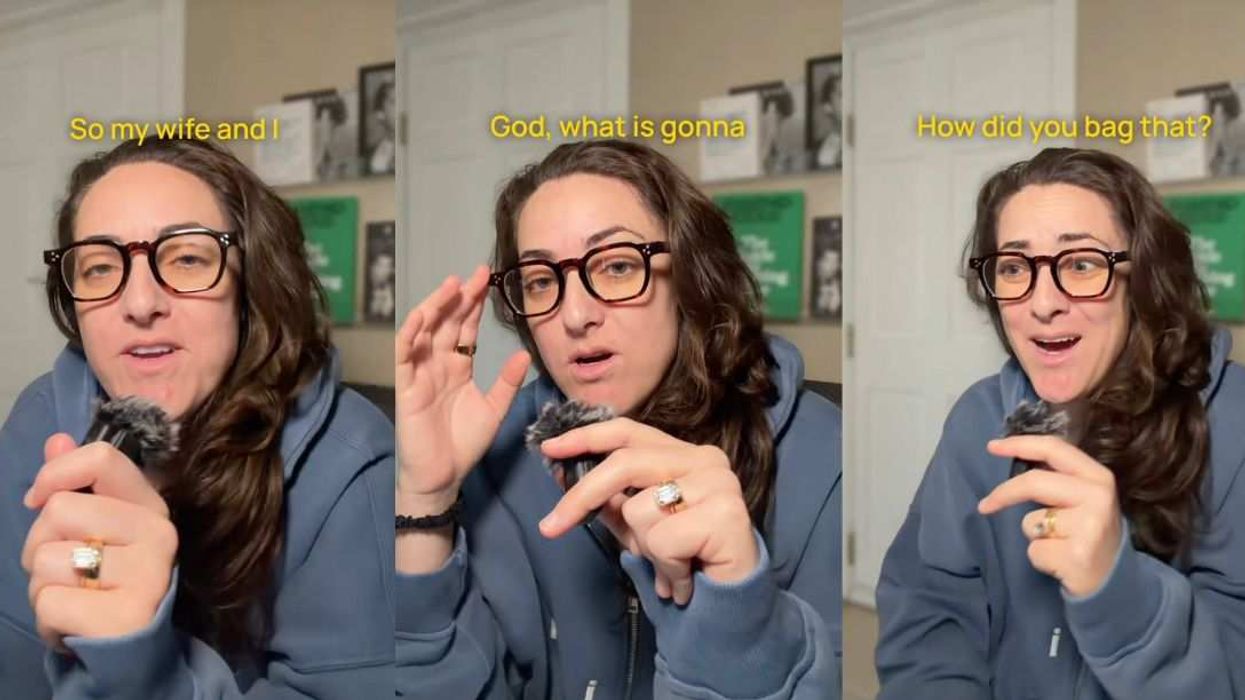

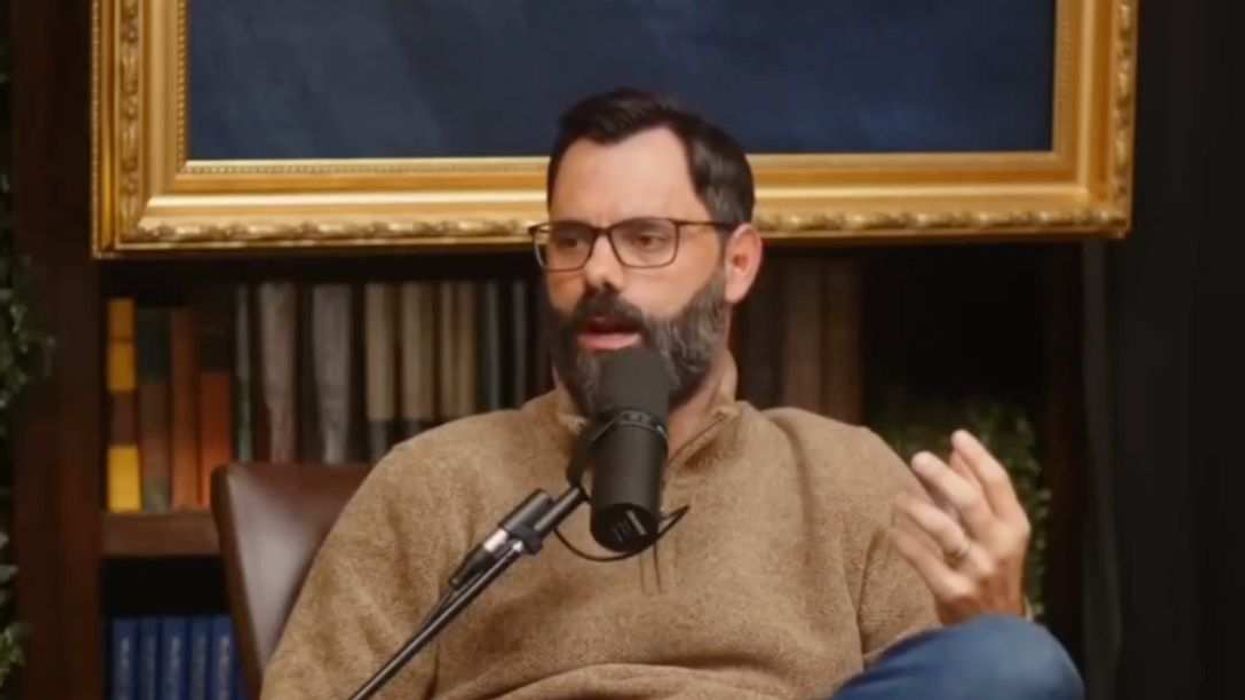
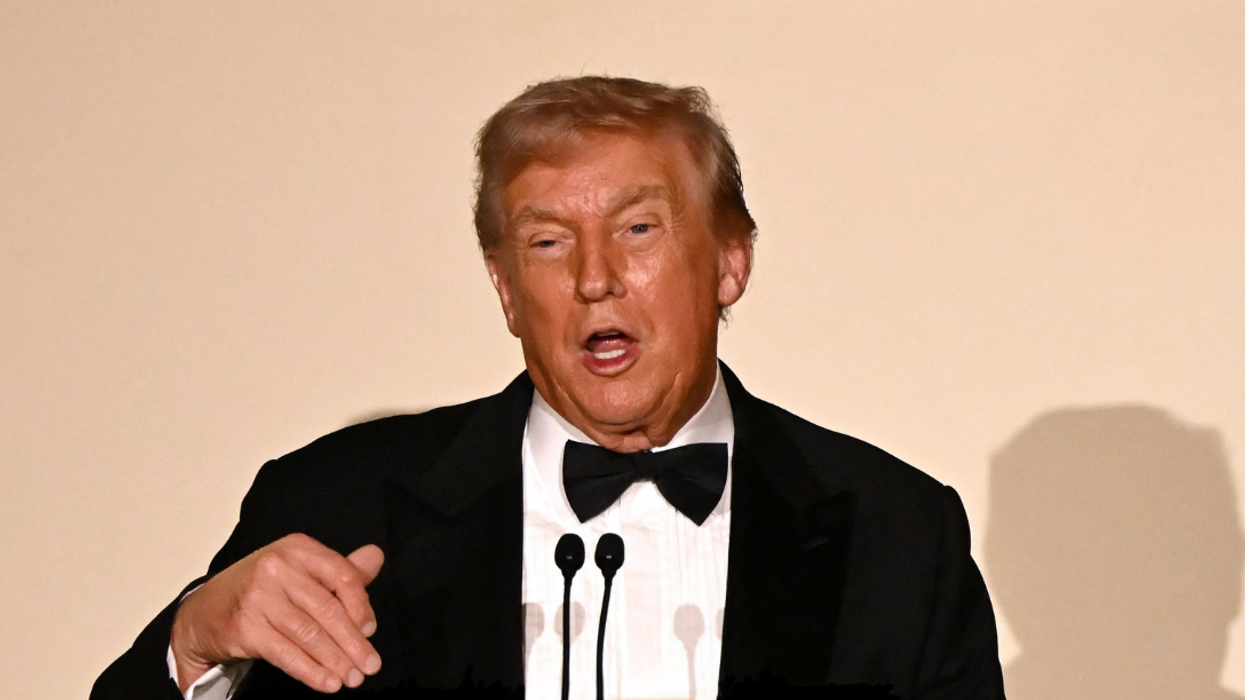
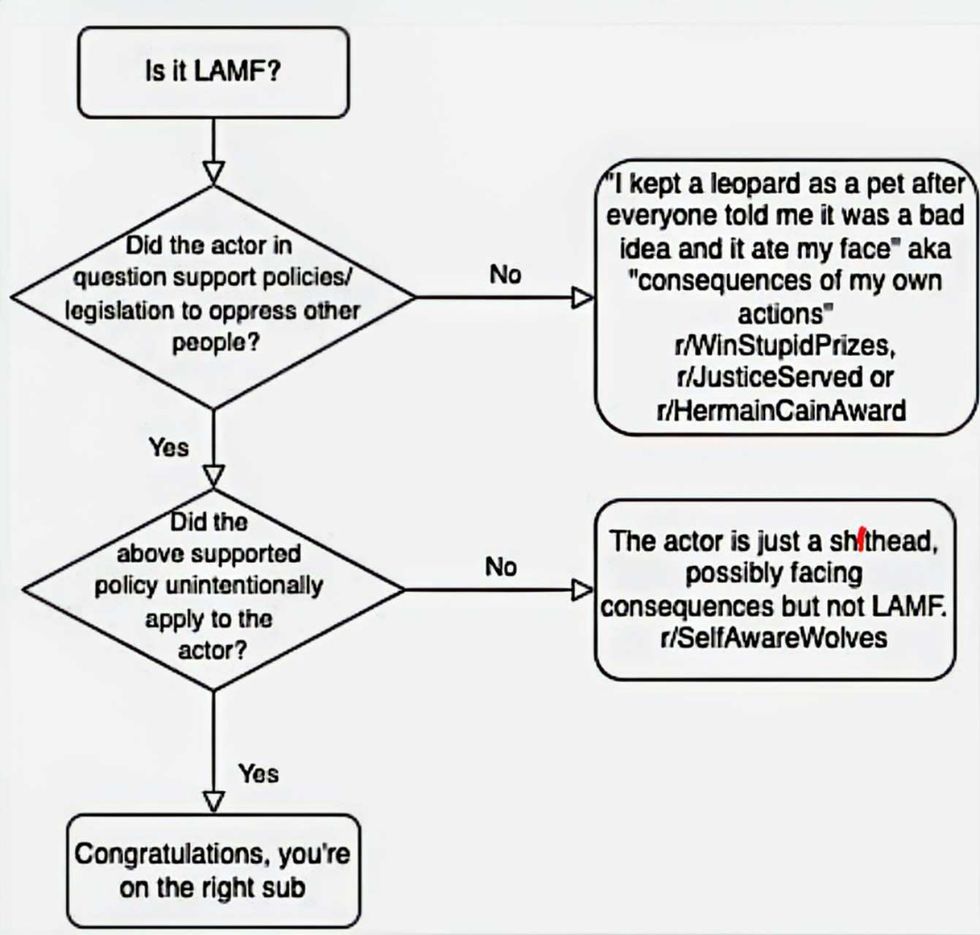 r/LeopardsAteMyFace/Reddit
r/LeopardsAteMyFace/Reddit Trudy Jones/Facebook
Trudy Jones/Facebook
 Trudy Jones/Facebook
Trudy Jones/Facebook Trudy Jones/Facebook
Trudy Jones/Facebook r/LeopardsAteMyFace/Reddit
r/LeopardsAteMyFace/Reddit r/LeopardsAteMyFace/Reddit
r/LeopardsAteMyFace/Reddit r/LeopardsAteMyFace/Reddit
r/LeopardsAteMyFace/Reddit r/LeopardsAteMyFace/Reddit
r/LeopardsAteMyFace/Reddit r/LeopardsAteMyFace/Reddit
r/LeopardsAteMyFace/Reddit r/LeopardsAteMyFace/Reddit
r/LeopardsAteMyFace/Reddit r/LeopardsAteMyFace/Reddit
r/LeopardsAteMyFace/Reddit r/LeopardsAteMyFace/Reddit
r/LeopardsAteMyFace/Reddit r/LeopardsAteMyFace/Reddit
r/LeopardsAteMyFace/Reddit r/LeopardsAteMyFace/Reddit
r/LeopardsAteMyFace/Reddit r/LeopardsAteMyFace/Reddit
r/LeopardsAteMyFace/Reddit r/LeopardsAteMyFace/Reddit
r/LeopardsAteMyFace/Reddit r/LeopardsAteMyFace/Reddit
r/LeopardsAteMyFace/Reddit r/LeopardsAteMyFace/Reddit
r/LeopardsAteMyFace/Reddit r/LeopardsAteMyFace/Reddit
r/LeopardsAteMyFace/Reddit r/LeopardsAteMyFace/Reddit
r/LeopardsAteMyFace/Reddit r/LeopardsAteMyFace/Reddit
r/LeopardsAteMyFace/Reddit r/LeopardsAteMyFace/Reddit
r/LeopardsAteMyFace/Reddit r/LeopardsAteMyFace/Reddit
r/LeopardsAteMyFace/Reddit r/LeopardsAteMyFace/Reddit
r/LeopardsAteMyFace/Reddit r/LeopardsAteMyFace/Reddit
r/LeopardsAteMyFace/Reddit r/LeopardsAteMyFace/Reddit
r/LeopardsAteMyFace/Reddit

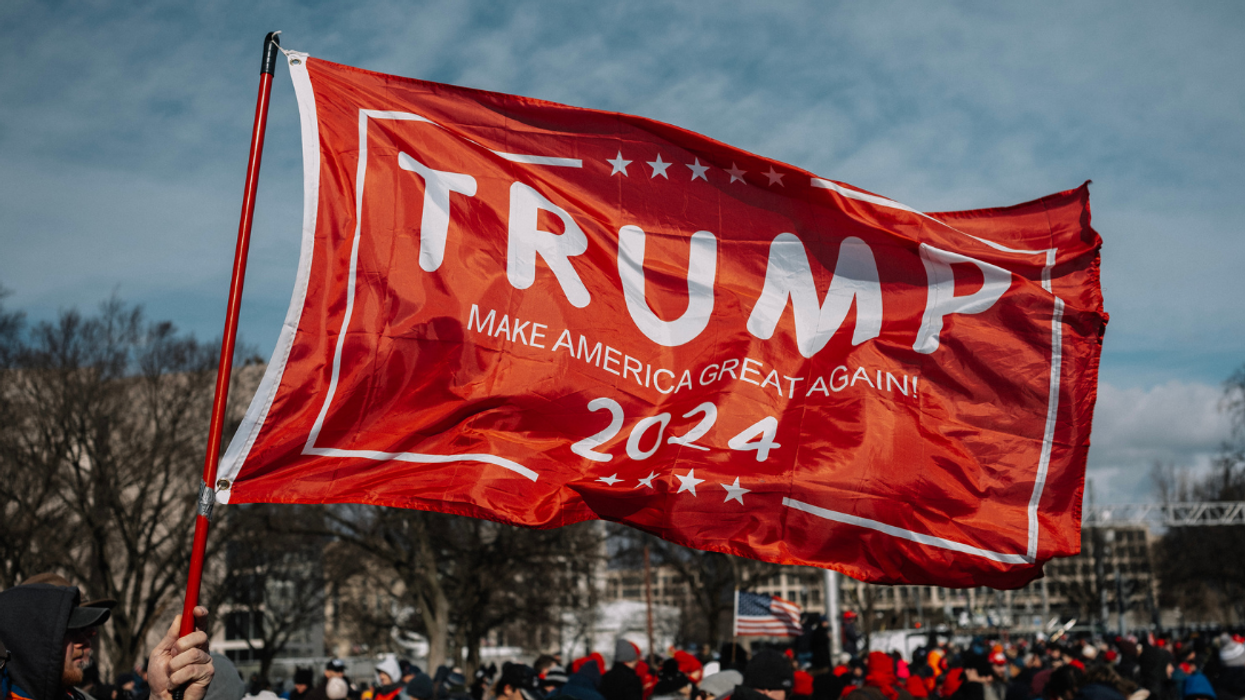

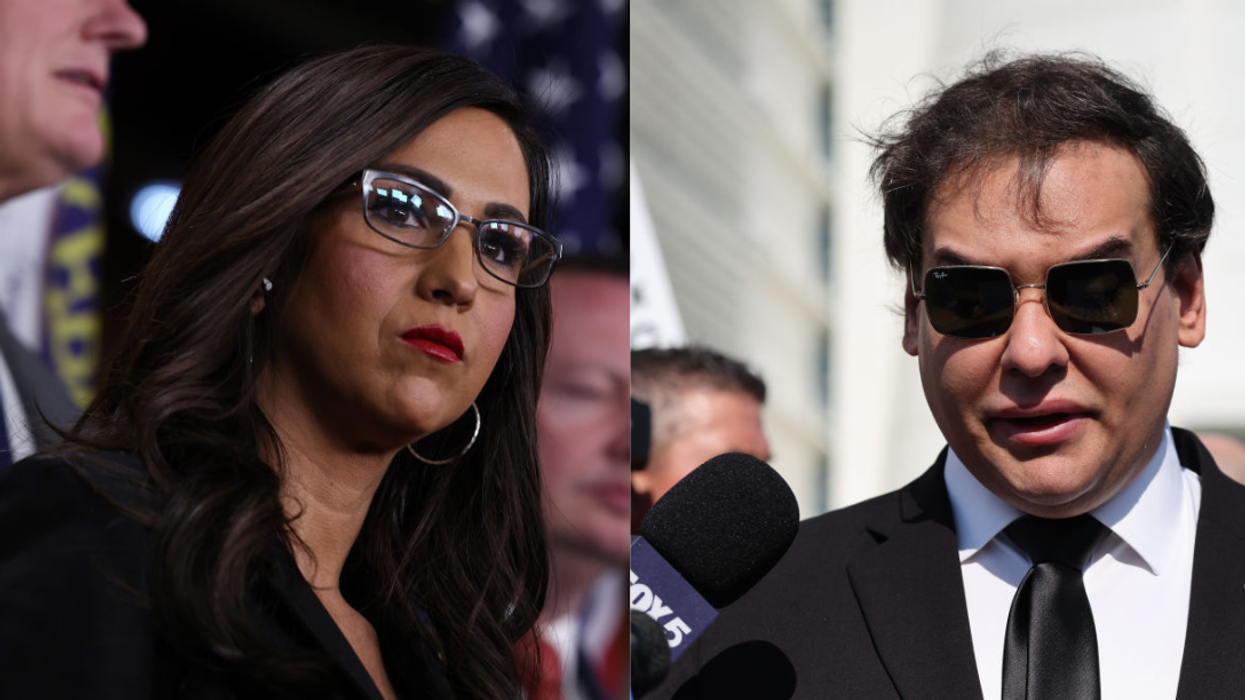

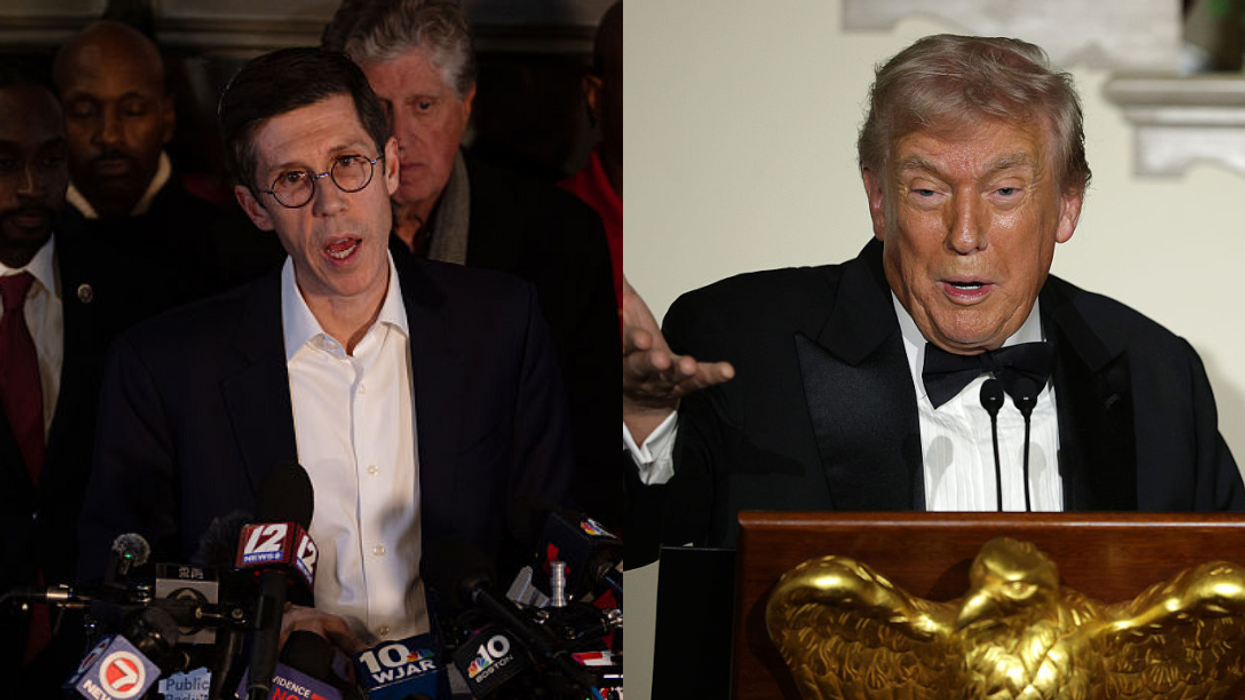
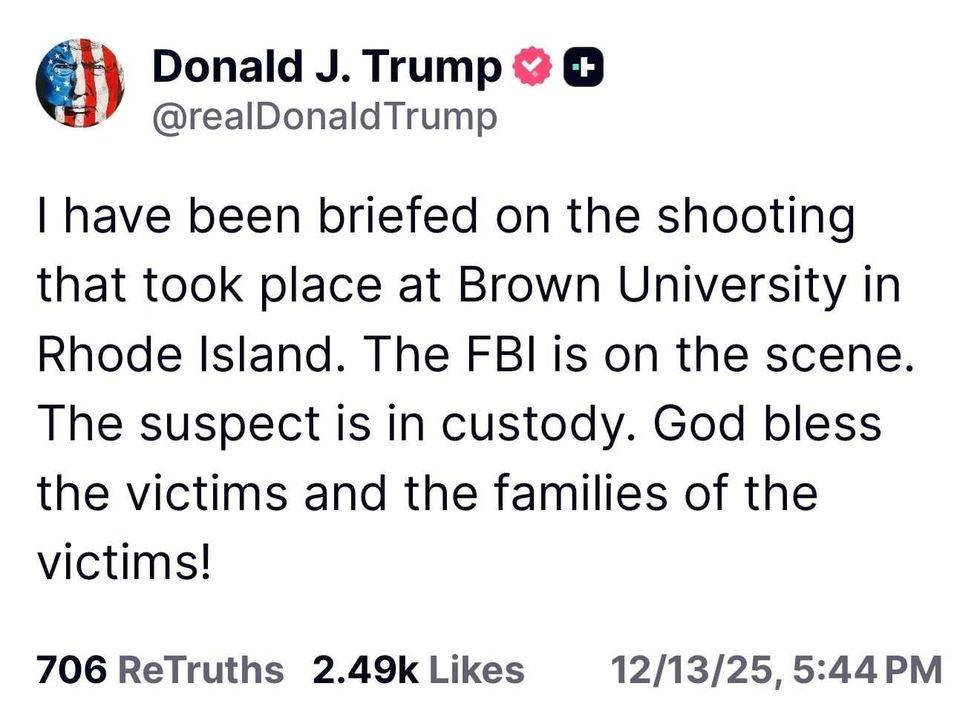 @realDonaldTrump/Truth Social
@realDonaldTrump/Truth Social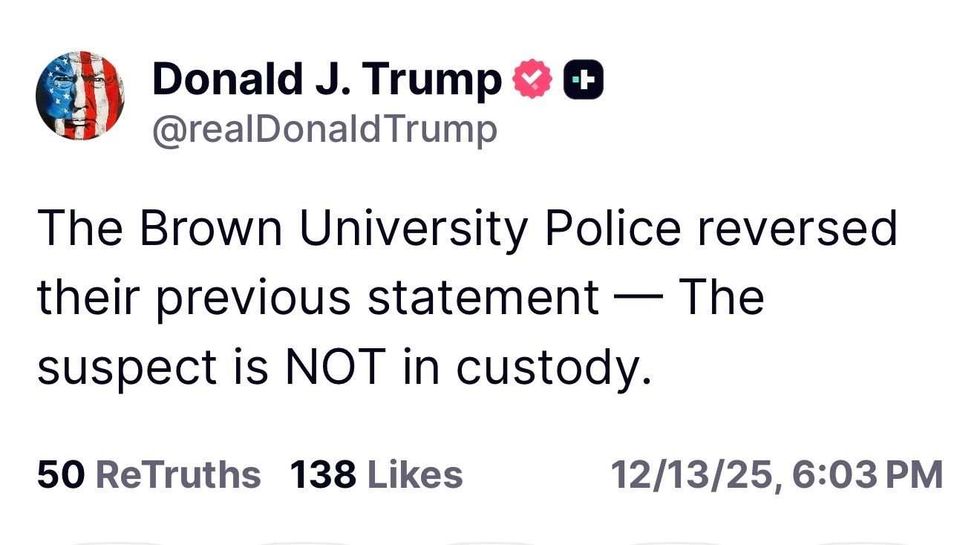 @realDonaldTrump/Truth Social
@realDonaldTrump/Truth Social
